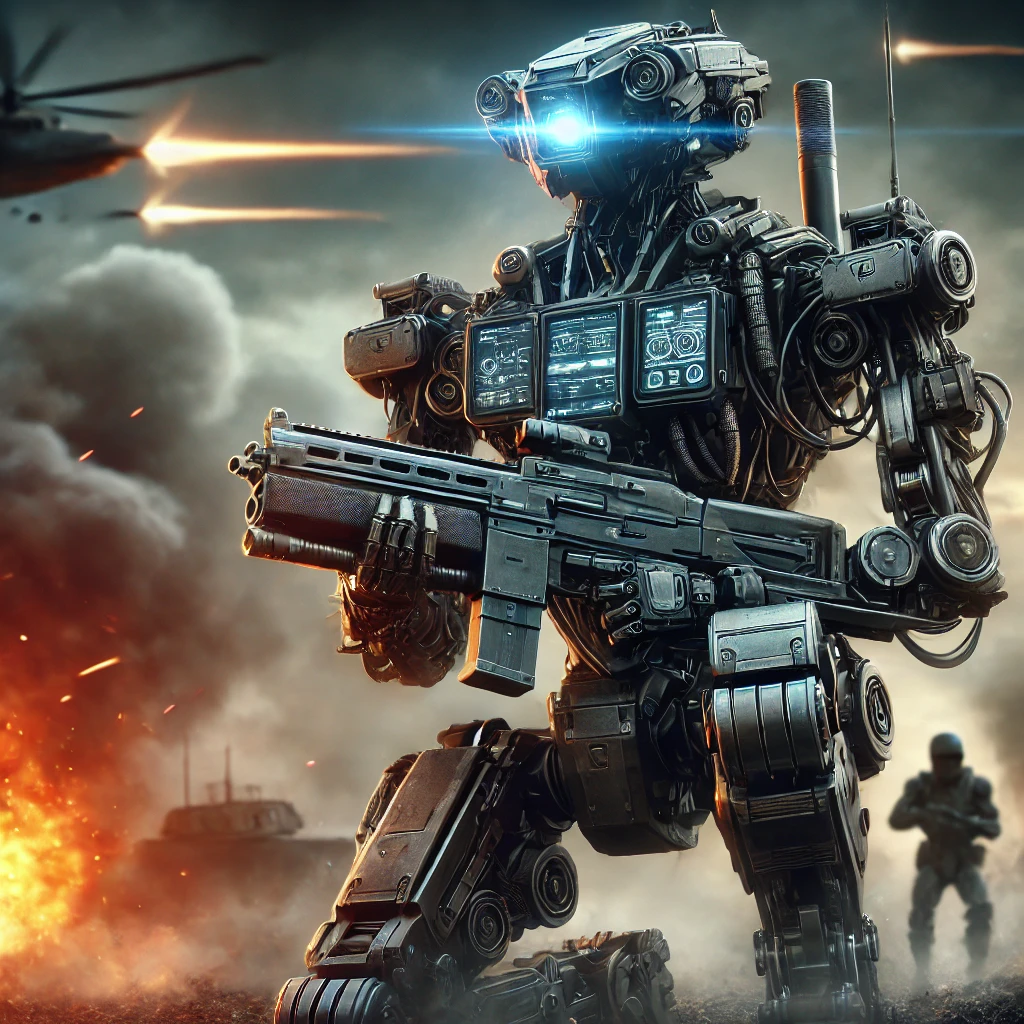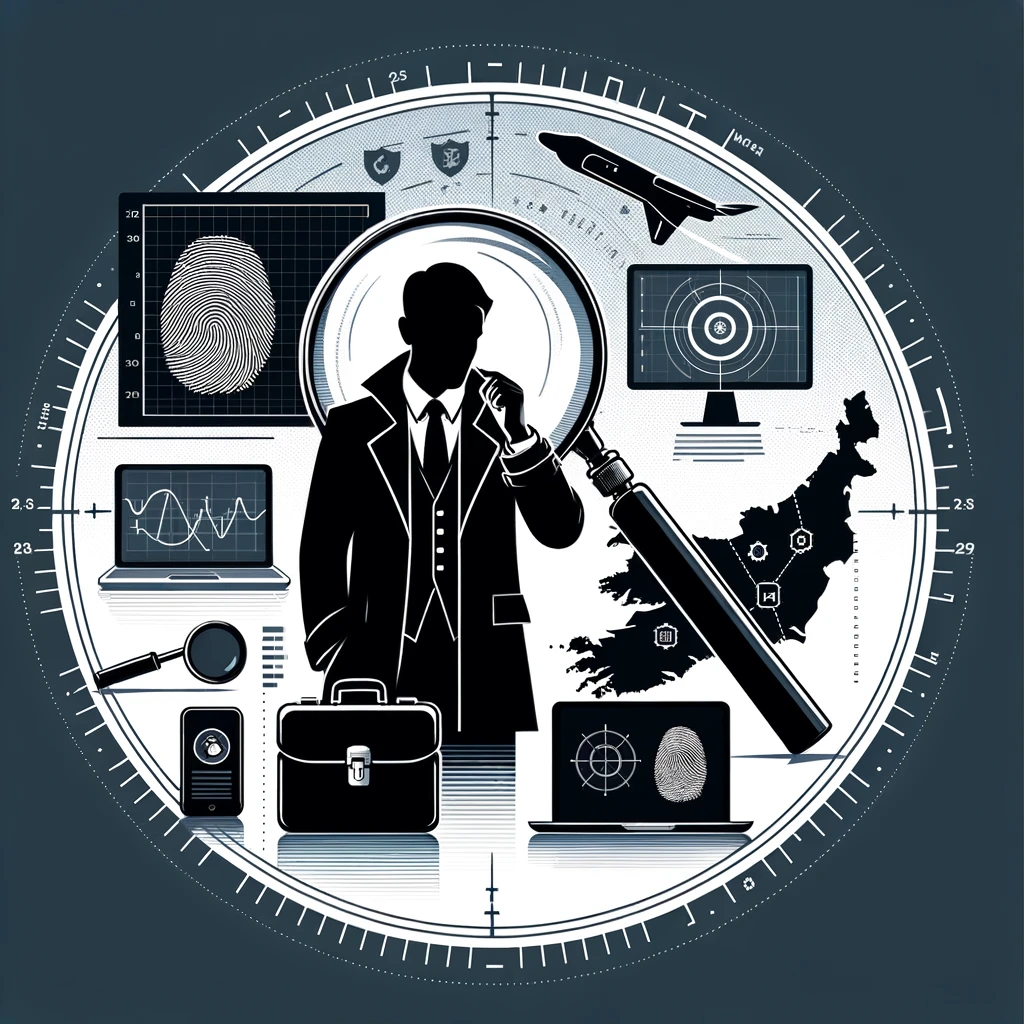
The Evolution of Robots and Drones in Warfare: A Historical Perspective
From ancient mechanical traps to today’s AI-powered autonomous drones, the role of machines in warfare has evolved dramatically. What once existed in science fiction is now a critical part of military strategy worldwide. This post explores the history of robots and drones used in warfare, tracing their development from early concepts to cutting-edge military technology.
Early Mechanical Warfare: The Precursors to Military Robots
The idea of using mechanical devices in battle is not new. Ancient civilizations developed automated weapons to gain strategic advantages.
- Greek and Roman War Machines—The Greeks and Romans used siege engines, such as catapults and ballistae. Some of these had semi-automated features, like counterweight mechanisms that reloaded projectiles.
- Da Vinci’s Mechanical Knight (1495) – Leonardo da Vinci designed a humanoid automaton, which, while never built, hinted at the potential for mechanical warriors.
- Automated Naval Mines (19th Century) – By the 19th Century, floating naval mines equipped with pressure-sensitive triggers were deployed in conflicts, marking a step toward autonomous weaponry.
World War II and the Birth of Military Robotics
The Second World War saw the first real applications of remote-controlled and semi-autonomous weapons in combat.
- Goliath Tracked Mine (1942-1945) – The Nazis developed the “Goliath,” a small, tracked, remote-controlled explosive device used for destroying enemy tanks and fortifications. It was one of the earliest examples of a remote-controlled ground-based weapon.
- V-1 Flying Bomb (1944) – Germany’s V-1 rocket, also known as the “Buzz Bomb,” was a primitive cruise missile with an autopilot guidance system, an early example of an unmanned aerial weapon.
- Remote-Controlled Bombers – The U.S. experimented with drone aircraft during World War II, including Operation Aphrodite, where obsolete bombers were filled with explosives and remotely piloted toward enemy targets. These missions were largely unsuccessful but laid the groundwork for future UAVs.
Cold War Advancements: The Rise of UAVs
During the Cold War, robotics and drone warfare advanced significantly, particularly in aerial reconnaissance and surveillance.
- Ryan Model 147 “Lightning Bug” (1960s-1970s) – Used during the Vietnam War, these uncrewed aerial vehicles (UAVs) conducted reconnaissance missions over enemy territory, reducing the risk to human pilots.
- Soviet Unmanned Systems – The USSR also developed a range of UAVs and remotely controlled tanks, though these saw limited use compared to Western counterparts.
- Land-Based Robotic Weapons – While most advances focused on aerial drones, autonomous ground-based weapons were still in early development.
Modern Warfare: The Age of Autonomous Drones and Robots
The 21st Century has witnessed a rapid transformation in military robotics, particularly with the rise of autonomous drones, robotic ground units, and AI-driven combat systems.
Uncrewed Aerial Vehicles (UAVs)
- MQ-1 Predator & MQ-9 Reaper (1990s-Present) – The Predator drone revolutionized modern warfare, providing real-time surveillance and the ability to conduct precision strikes. The Reaper drone later enhanced these capabilities with greater firepower.
- Switchblade Kamikaze Drones – Portable loitering munitions, such as the Switchblade, have given ground forces access to cost-effective, precision-guided strike capabilities.
- Bayraktar TB2 (2020s) – This Turkish-made drone gained international attention for its effectiveness in conflicts such as the Nagorno-Karabakh war and Ukraine, highlighting the growing role of UAVs in modern battlefields.
Ground-Based Military Robots
- TALON & SWORDS Robots – The U.S. military deployed the TALON robot for bomb disposal, while its weaponized variant, the SWORDS robot, was tested in combat.
- Russia’s Uran-9 Combat Robot—This autonomous ground vehicle, Designed for urban combat, is equipped with cannons, machine guns, and guided missiles.
- AI-Powered Autonomous Weapons: Artificial intelligence advancements have allowed for semi-autonomous and fully autonomous combat robots capable of making decisions in complex battle scenarios.
Naval and Underwater Drones
- Autonomous Submarines – The U.S. and other nations have developed autonomous underwater drones for reconnaissance and anti-submarine warfare.
- Uncrewed Surface Vessels (USVs) – These robotic ships can patrol and engage targets without direct human control.
Ethical and Strategic Implications of Robotic Warfare
The increasing use of robots and drones in warfare raises significant ethical and strategic concerns:
- Autonomous Weapons and AI Decision-Making – Should machines be allowed to make life-or-death decisions without human oversight?
- Asymmetrical Warfare – Drones and robotic weapons give smaller nations and non-state actors access to advanced military capabilities, shifting the balance of power.
- Cybersecurity Risks – As warfare becomes more digital, military robots are vulnerable to hacking and electronic warfare.
The Future of Robotic Warfare
As artificial intelligence, machine learning, and robotics continue to advance, the future battlefield will likely see:
- Fully Autonomous Combat Units – AI-powered robots capable of independent decision-making and coordinated attacks.
- Swarm Warfare – Coordinated swarms of drones overwhelming enemy defences.
- Integration with Human Soldiers – Human-machine teaming, where soldiers and robots operate seamlessly.
The evolution of robots and drones in warfare is far from over. While these technologies provide strategic advantages, they also raise profound ethical and geopolitical questions. The challenge for the future will be balancing technological advancement with responsible military and humanitarian considerations.
Final Thoughts
Robotic warfare has advanced dramatically, from the mechanical war machines of ancient times to today’s AI-driven autonomous systems. As these technologies continue to shape military strategies, they will redefine the nature of combat, intelligence, and security in ways we are only beginning to understand.
What do you think about the future of autonomous warfare? Should robots have the power to make lethal decisions? Let us know your thoughts in the comments!



